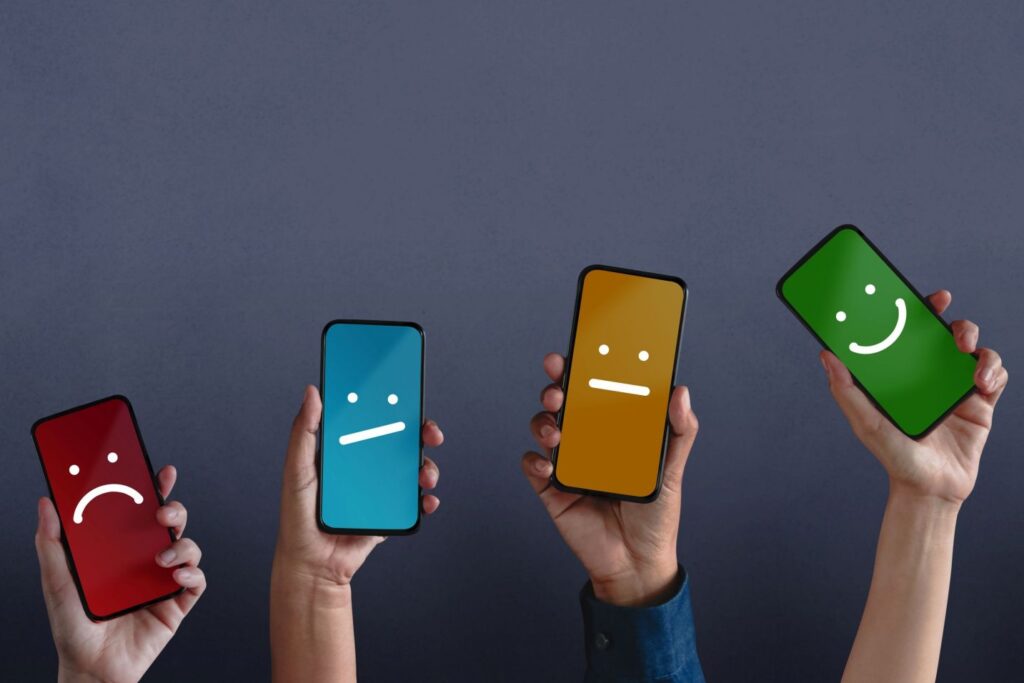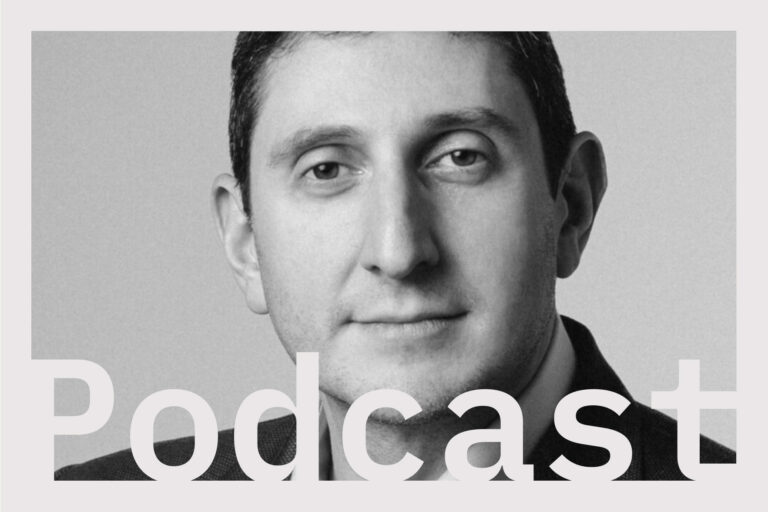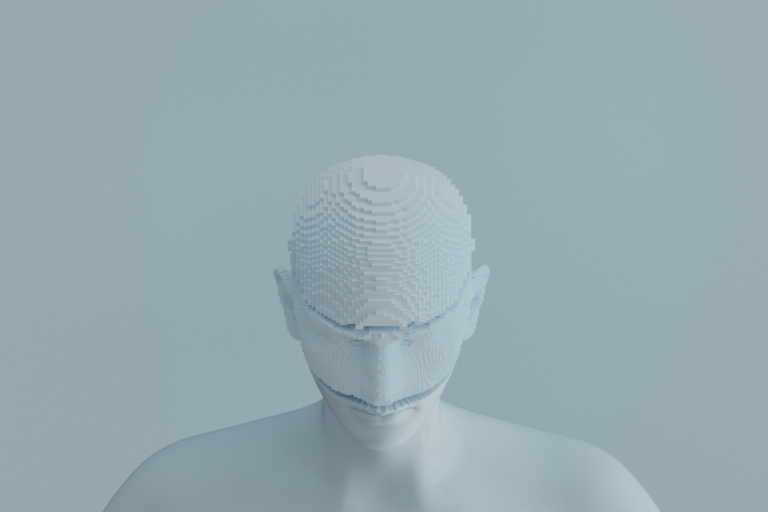
While most people accept that change leads to growth, many of us still resist it. The problem is that change is often uncomfortable, disrupts routines and induces a fear of failure, which means that human beings want to stick with the status quo.
Take the workplace, for example. A study of 1,000 workers in the US found that more than 80% would prefer that their job responsibilities remained the same, despite the obvious link between new responsibilities and career advancement. Furthermore, 57% said that change does not make them happier at work.
Understanding why we respond in certain ways to changes has major implications for tech- and innovation-driven entities looking to disrupt their markets and offer something new to end users – be it internal employees or external customers.
For a start, businesses need to consider: what are the barriers to change that could impact an internal project or innovation launch? And how can these be overcome to ensure the best chance of success? Questions like these can’t always be answered by well-trodden techniques such as data analytics and customer profiles alone.
Today’s technology-based organisations yield reams of data about their customers – from demographic details and purchasing habits to satisfaction surveys and how people interact with products, enterprises are reliant on this information to survive.

However, gaining an understanding of why individuals react in certain ways to certain changes can unlock additional advantages. This is where behavioural diagnostics enters the equation.
Implementing change can be a notoriously difficult task, but leveraging the insights derived from studying people’s attitude and behaviours can help businesses overcome the challenges that can arise when introducing a new product, technology or idea to customers or employees.
Our behavioural diagnostics tool is built on the methodology behind Creatures of Habit, which shows that there are seven core mindsets that affect people’s decision-making process – routine, resistance, prominence, judgement, influence, obedience and gremlin. These are thinking patterns that have formed from evolutionary reasons. Chiefly, our surroundings and learned processes.
Around 50% of our actions are determined by our thinking, so the ability to identify unconscious habits is key to unlocking opportunities for positive change. Once businesses identify thinking patterns, they can dial into what people really need and want, and thus develop appropriate solutions based on these findings.
By going through a simple three-step process, organisations can gain key insights that explain why their target audience behaves in the way it does.
The process begins by answering one fundamental question – what behaviours is the business observing? Are they negative or dismissive? Do individuals seem unaware or ignorant? Are people making excuses not to act? These are just some of ‘symptoms’ that could be responsible for creating resistance to change.
Business leaders can then use behavioural diagnostics to look at why these behaviours might exist, as well as how strong a role each of these barriers play when it comes to stifling change. Depending on the symptoms identified, these barriers can include a lack of clear boundaries; a loss of focus; a lack of patience or attention; and/or simply being unimpressed.
Once this information is collected, businesses can create a plan of action to pinpoint how to achieve the desired impact, based on proven techniques that will help them overcome the underlying mindsets, symptoms and barriers that have been highlighted.
There are two major benefits to this approach. First, it can remove guesswork relating to how people will react to the introduction of new ideas; after all, issues can’t be resolved unless the business knows why they exist. Also, while the barriers to change may be varied and complex, key factors can be isolated and targeted for the greatest impact.
Second, behavioural diagnostics enable organisations to take a people-centred approach to their creative and development processes. And by people-centred, we mean the end user. We naturally look inward to our abilities and perspectives because it is comforting, but to create a truly optimal outcome, we must look outward to our intended beneficiaries, even if it means shifting and adapting our thinking.
This is the critical point. Insight into user experience must truly come from the user, and not be tainted by the company’s own bias. Behavioural diagnostics achieves this goal by reaching beyond the classic customer profiling and personas that most marketing activities are grounded in. Instead, it is about getting into the mindset of end users, understanding how they behave, and appreciating why they may react in different ways to change.
The use of behavioural diagnostics and techniques is already commonplace in public entities such as government, particularly in areas such as health with messaging around the likes of eating habits (five-a-day) and how to stay safe through the pandemic. Now is the time for commercial organisations to embrace behavioural diagnostics for the betterment of their employees and customers.
Simon Jack
Nebuli


